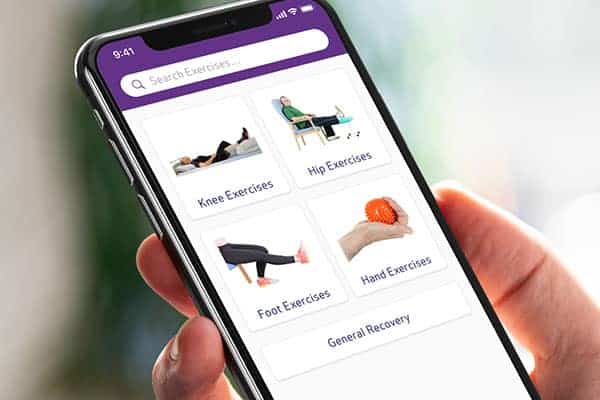What is wrist sprain?
You have ligaments on the front, back and sides of your wrist. These are strong bands of tissue that connect the bones together and stop them from moving too far. The term sprain refers to an injury to any of these ligaments.
What causes wrist sprain?
The normal cause of a sprained wrist is when you overstretch or twist it suddenly, such as when you fall on it.
When you put too much force through the ligaments, their fibres can become damaged and torn.
A wrist sprain may involve only minor damage to a few fibres or a more serious tear.
What are the symptoms of wrist sprain?
The symptoms of wrist sprain will typically come on quickly after the injury that caused them.
Depending on the severity of the sprain, your symptoms could include:
- A lasting pain around your wrist and hand.
- Pain when you move your wrist and hand.
- Swelling and bruising around your wrist.
- Difficulty moving or putting a load through your wrist and hand.
How is wrist sprain diagnosed?
You are advised to see your doctor or visit your local A&E if you have sustained an injury to your wrist that has caused swelling, weakness in your hand or severe pain.
You may need an x-ray to rule out wrist fractures before a sprain can be diagnosed.
There are different grades of sprain, ranging from overstretching, to partial tearing, to a full tear of the ligament. Severe (Grade 3) sprains are fairly uncommon in the wrist, but these may also involve damage to the bone and can require surgery.
What are the treatment options for wrist sprain?
Assuming that an x-ray has ruled out more serious damage, you can generally manage wrist sprain yourself.
It is important to keep moving your hand and wrist as much as the pain allows. This will help the structures in your wrist to begin healing. Being afraid to move is a natural reaction to pain but it can make the problem worse or stop it from resolving itself.
You can begin gentle exercises of the wrist and hand immediately and gradually build up the range of these. Also, keep the rest of your body active, but avoid any activity that aggravates your symptoms and do not return to sports until your symptoms have gone.
At the same time, it is important for your recovery to manage pain and swelling during the first few days.
Put an ice pack on your wrist for 10-20 minutes, every 2-3 hours, to relieve pain. (Do not put ice directly next to skin as it may cause ice burn. Wrap it in a damp tea towel. Remove the pack if irritation increases. Allow the area to return to normal temperature before reapplying the ice.) You could also bathe your wrist in a sink full of ice for 5-10 minutes.
Compress your wrist with a tubular bandage, preferably covering the entire forearm to the elbow. This can help to relieve pain and reduce swelling. It should feel tight, but not so tight so that you cannot feel your hand.
When resting, try to elevate your wrist above the level of your heart and do not let it hang down by your side. This can also help to relieve pain and reduce swelling.
What is the prognosis (outlook) for wrist sprain?
Recovering from wrist sprain may take weeks or months, depending on how severe it is and how effective your rehabilitation regime.
A completely torn ligament may take several months to heal and you may be unable to resume full training or to play sport during this time.
How can I prevent recurrence of wrist sprain?
Try to make sure that your wrist is fully rehabilitated before resuming sports.
Always warm up your muscles before exercise and cool down afterwards.
For sports such as skating or skateboarding, consider wearing wrist guards or taping your wrists to prevent overstretching in the event of a fall.”

Pocket Physio | Download now
Search for ‘Pocket Physio’ on the Apple App Store for iOS and the Google Play Store for Android to download for free.




